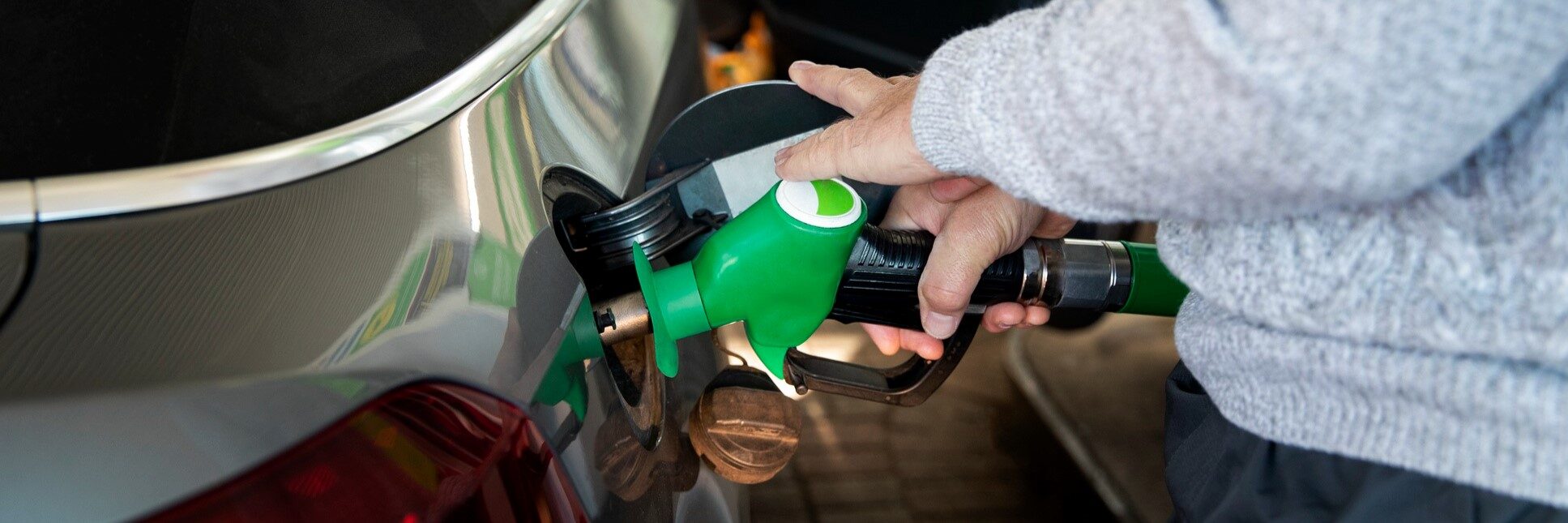Real-world and lab tests on new cars’ fuel consumption are different, says the AMA. Photo: stock
New cars are proving to use more fuel than have been promoted via lab tests, the Australian Motoring Association (AMA) says.
Late last year, the AMA released the results of its Real-World Testing program for 70 of Australia’s most popular cars.
It found 52 cars used more fuel than reported from lab testing with 17 exceeding noxious exhaust lab test limits.
AAA Managing Director Michael Bradley said the program showed that laboratory tests on fuel consumption and emissions are not a good reflection of real-world performance.
“Without real-world testing results, consumers and fleet buyers could find themselves buying a vehicle that is dirtier and has higher running costs than they might have expected,’’ Bradley said.
The results show:
- Two vehicles tested consumed 32 per cent more fuel in real-world conditions than in lab test results reported on windshield stickers.
- Eight other vehicles consumed 5 to 21 per cent more fuel than lab test results.
- Three vehicles tested in real-world conditions produced noxious exhausts above current or pending lab limits.
The ‘thirstiest’ cars were the GWM Haval Jolion hybrid and Cherry Omoda 5 SUVs (both with a real-world fuel consumption 32 per cent above the lab results).
The lowest consumption was for MG HS (8 percent below lab results) and the Audi Q3 (1 per cent higher).
For full tests results of all 70 vehicles tested, visit realworld.org.au
ABOUT THE PROGRAM
The Real-World Testing program was created by the association to help the 9.3 million members of its affiliated motoring clubs drive down motoring costs and access better information to guide their shift into cleaner cars.
Testing so far remains focused on cars with internal combustion engines (including hybrids) but electric vehicles will be tested this year.
Cars were tested on roads around Geelong, Victoria, under strict protocols to ensure fuel consumption and emissions results are repeatable and to minimise the influence of human factors.
The association says it conducted 23 tests on a reference vehicle (Toyota RAV4) with fuel consumption across these tests having less than 2.5 per cent variability.





